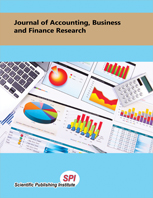Breaking barriers and building sustainability: The importance of board feminization in ESG disclosures
DOI:
https://doi.org/10.55217/102.v16i2.657Keywords:
Board feminization, Corporate governance, ESG disclosure, Kenya.Abstract
This research examines the nexus between board feminization and environmental, social, and governance (ESG) disclosures in listed Kenyan firms. The positivist paradigm informed the study's research design. The dynamic generalized method of moments (GMM) was applied to eliminate endogeneity bias, omitted variables bias, measurement error, and firm-specific heterogeneity. Panel data regressions were applied on 467 firm‐year observations from 36 firms listed on the Nairobi Securities Exchange (NSE) from 2006–2019. The results showed that board feminization positively affects firms’ overall ESG disclosure measures. However, a component-level analysis revealed substantial heterogeneity in the findings among the different ESG pillars. This research attempts to address a gap in the existing knowledge by examining the relationship between female board presence and ESG reporting in emerging economies. The research supports regulators' efforts to enforce women's participation on boards and sustainable performance. This paper is among the first to provide in-depth empirical evidence on the link between board feminization on overall ESG disclosure and the different ESG pillars in Kenya. This research also adds to the expanding literature on ESG disclosure and board feminization in developing markets.


